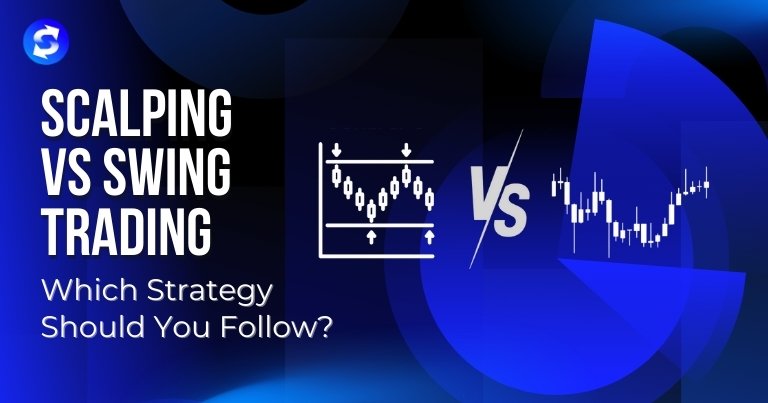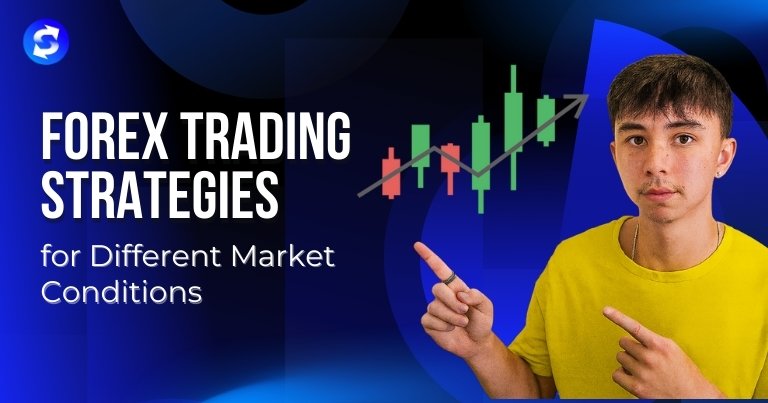
In the world of forex and financial markets, there’s no “one-size-fits-all” trading strategy. The right approach depends on your personality, time commitment, risk tolerance, and financial goals. Two of the most popular — yet vastly different — styles are scalping and swing trading.
Both strategies aim to capture market opportunities, but they differ in time frames, execution styles, and the skill sets required. Let’s break down how each works, their pros and cons, and how you can decide which fits you best.
What Is Scalping in Forex Trading?
Scalping is a fast-paced trading style where traders aim to make small profits from quick market moves — often within seconds or minutes. Instead of holding trades for long, scalpers look to enter and exit positions rapidly, sometimes executing dozens (or even hundreds) of trades in a single day.
Typical scalping setup:
- Timeframe: Seconds to 1–5 minutes.
- Goal: Capture small price movements (often 5–10 pips).
- Tools: Technical indicators like MACD, RSI, Stochastic Oscillator, and real-time chart analysis.
- Execution: Requires lightning-fast order placement and a stable internet connection.
Example:
Imagine EUR/USD is trading at 1.1050. A scalper spots a quick upward momentum and buys at 1.1051. Just a few minutes later, the price jumps to 1.1054. The scalper closes the trade, booking a small profit — and then immediately looks for the next opportunity.
Pros of Scalping
- Multiple profit opportunities daily.
- Less exposure to overnight risks.
- Can profit in both trending and ranging markets.
Cons of Scalping
- Requires intense focus and quick decision-making.
- Transaction costs can add up quickly.
- Emotionally and mentally demanding.
What Is Swing Trading?
Swing trading is a more relaxed trading style focused on capturing medium-term market moves. Instead of aiming for tiny intraday fluctuations, swing traders look for bigger price shifts that unfold over days or even weeks.
Typical swing trading setup:
- Timeframe: 1 day to several weeks.
- Goal: Capture larger “swings” in price trends.
- Tools: Daily/weekly charts, support and resistance levels, trendlines, and fundamental analysis.
- Execution: Fewer trades, but higher profit targets per trade.
Example:
A swing trader notices that GBP/USD is forming a bullish breakout pattern on the daily chart. They enter at 1.2800 with a target at 1.3000. Over the next week, the price climbs steadily, and they close the trade with a 200-pip gain.
Pros of Swing Trading
- Less time spent glued to the screen.
- Fewer trades mean lower transaction costs.
- Allows for deeper market analysis before entering positions.
Cons of Swing Trading
- Exposure to overnight and weekend risks.
- Requires patience and discipline to hold trades for days.
- Misses smaller intraday moves.
Scalping vs Swing Trading – Key Differences
| Factor | Scalping | Swing Trading |
| Timeframe | Seconds to minutes | Days to weeks |
| Trade Frequency | Very high | Low to moderate |
| Profit Per Trade | Small | Large |
| Stress Level | High | Moderate |
| Capital Requirement | Often higher due to leverage | Moderate |
| Best For | Full-time traders who thrive in fast-paced environments | Part-time traders or those who prefer a slower pace |
How to Choose the Right Strategy for You
The choice between scalping and swing trading comes down to your lifestyle, trading goals, and psychological comfort.
Choose Scalping If:
- You enjoy high-speed decision-making.
- You can dedicate several hours a day to monitoring markets.
- You have quick reflexes and can manage stress.
Choose Swing Trading If:
- You have a full-time job or limited screen time.
- You prefer making fewer but more calculated trades.
- You’re comfortable holding positions overnight or for several days.
Pro Tip: Some traders blend the two — scalping for short bursts when they have time and swing trading for their longer-term positions.
Final Thoughts
Both scalping and swing trading can be profitable when executed with discipline, proper risk management, and a solid understanding of market dynamics. The real question isn’t which strategy is “better” — it’s which aligns best with your personality and schedule.
Whether you’re chasing quick wins or patiently waiting for bigger moves, the key is to stick to your plan, manage your risks, and keep learning. In the end, the best strategy is the one you can follow consistently without breaking your own rules.






